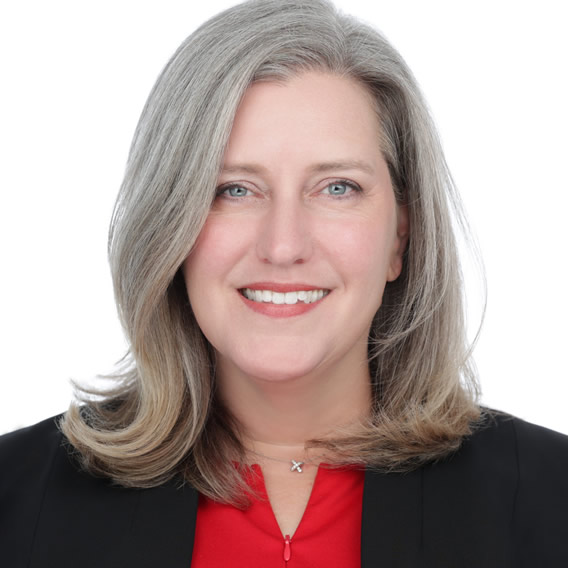The reverse mortgage business is accustomed to facing challenges, particularly in regard to the stigma associated with the product category. While these issues haven’t stopped new players from either entering the space or “doubling down” on the reverse mortgage business, it’s still an impediment that needs to be overcome.
This perspective was shared with RMD by Kristin Broadley, the chief innovation officer at QC Ally, an enterprise loan quality and audit services provider. In addition to her perspectives on the reverse mortgage business, Broadley also dug deeper into what could be holding the industry back on the latest episode of The RMD Podcast.
A protected class
Broadley noted that roughly one in six Americans are at or over the age of 65, according to U.S. Census Bureau data. That’s a wide pool of people who could benefit from the product.
“You’re talking about 50-plus million individuals in this country who are over 65, so the market is there when you talk about the individuals, the borrowers that could best benefit from the reverse mortgage product,” she said. “The industry has done a great job from a grassroots perspective, engaging trusted individuals and trying to educate on a product that is probably the most complex product in the market, at least in my estimation.”

Changing the mindset surrounding debt-based lending products is a challenge, however — and that’s coupled with the complex way in which reverse mortgages operate when compared to their forward counterparts, she said.
“It just turns it topsy-turvy,” she said. “This is a protected class; it’s an older generation. And again, it’s a complex product. So with a longer time frame, some lenders are not going to want to lean into that. The cost of origination can be high. With a protected class, if something goes wrong, it gets a lot of attention. It gets a lot of press and people want to avoid that from a reputational perspective.”
Product complexity also makes advertising a challenge, she said — but momentum is on the industry side.
“I know that folks have been working with financial advisors, and they’ve been having conversations, and they’re finding alternative ways to create conversations around the reverse product,” Broadley said. “I think another stat that I saw from CoreLogic was between 2021 and Q4 of 2022, there was a trillion dollars in equity added to the housing market, while only 63% of homes have mortgages. There are all of these things that tell us that there is a market opportunity here. And the conversation around reverse is snowballing. It’s gaining momentum. But I still think there’s opportunity.”
Comparing the risk
Broadley isn’t so sure that reverse mortgages are unique from the risk perspective.
“I think from a risk perspective, any product can be risky,” she said. “If you don’t have the proper controls in place and aren’t doing the right things to verify that the actions you’re taking, either in origination or servicing, are actually meeting the regulations. If you don’t have governance, monitoring, testing and all those controls, anything’s risky.”
Those entering the reverse mortgage space should be able to do so confidently, assuming those controls are firmly in place, she said.
“For those folks that are thinking about dipping their toes into the reverse market, if you put those controls in place, then you can enter it,” she said. “if you have any concerns about regulatory risk, errors, whatever it happens to be, you can remediate that and you can lean into this product, and you can grow your product offerings within your group, if you put those things in place.”
The biggest difference
When asked about the differences between forward and reverse mortgages in terms of quality control, Broadley said it’s servicing.
“The complexity of servicing a reverse loan is very, very different,” she said. “It’s also a much smaller component or a part of a portfolio. Obviously, the bulk is forward, and most have a very small reverse portfolio. So it’s a different level of servicing. There are different requirements, and so you have to have a different quality control plan for that small portfolio.”
This comes in the form of different testing strategies and statistical sampling, which makes the process more complex, she said.
“If you focus in forward, you know, that’s kind of en masse and bulk,” she said. “And then reverse is very kind of boutique. It’s a much smaller component, but requires just as much oversight.”





